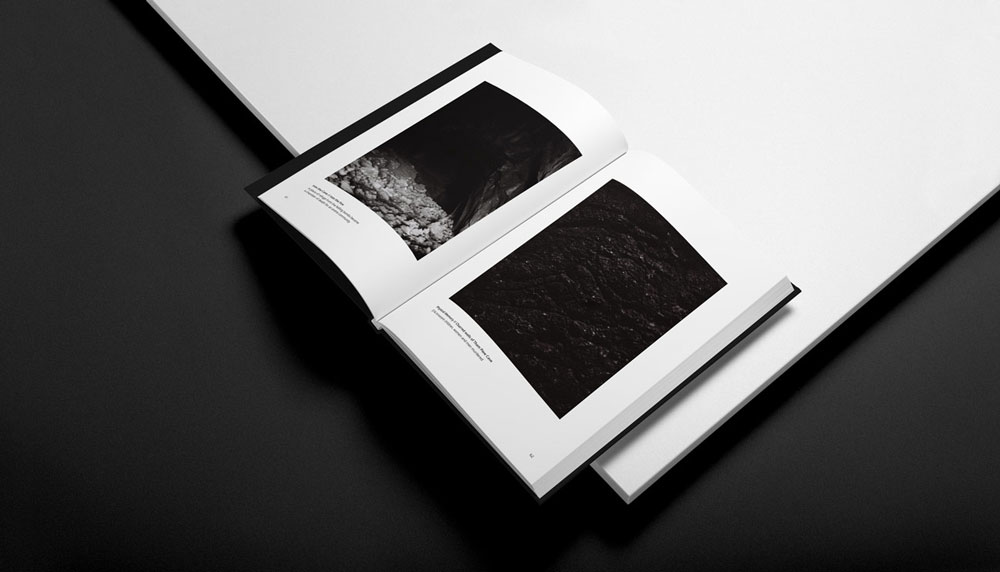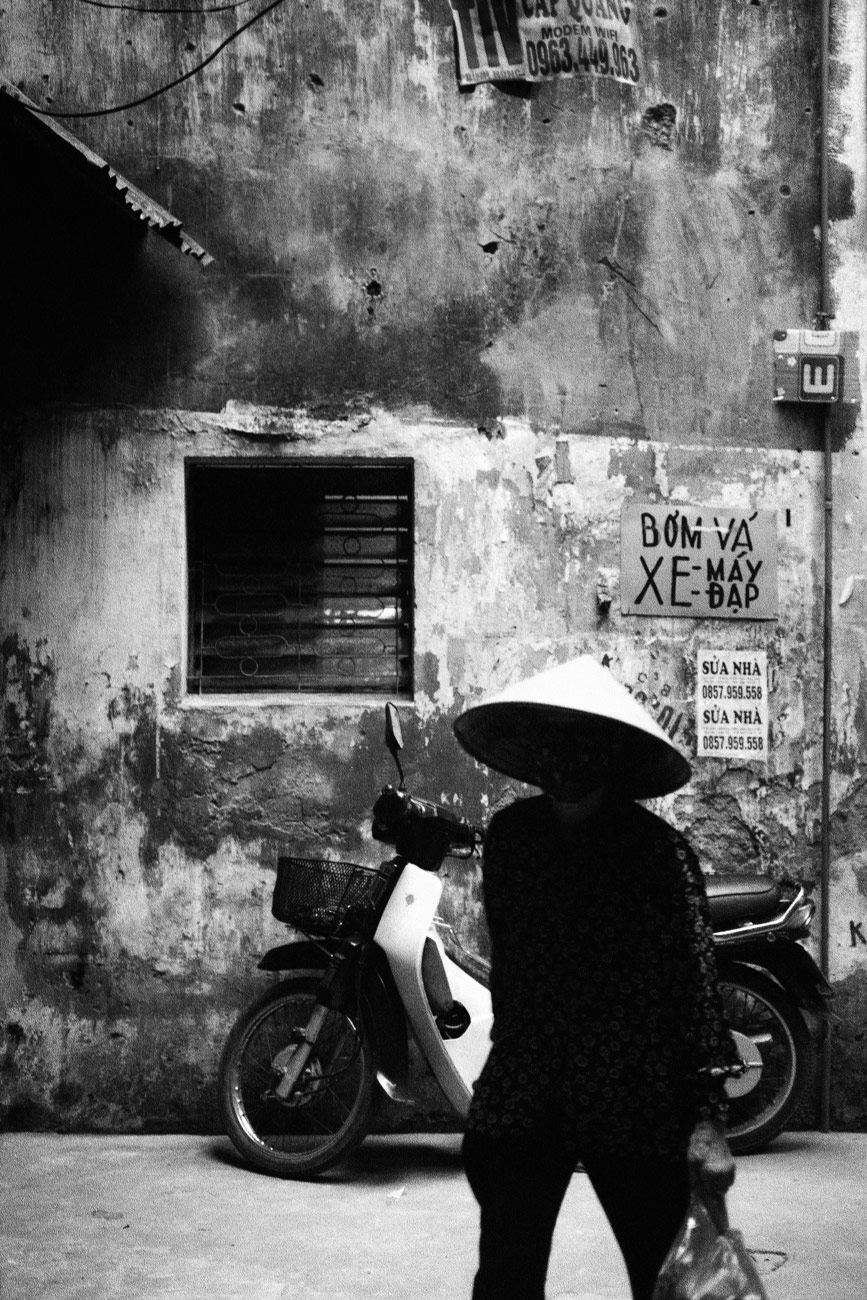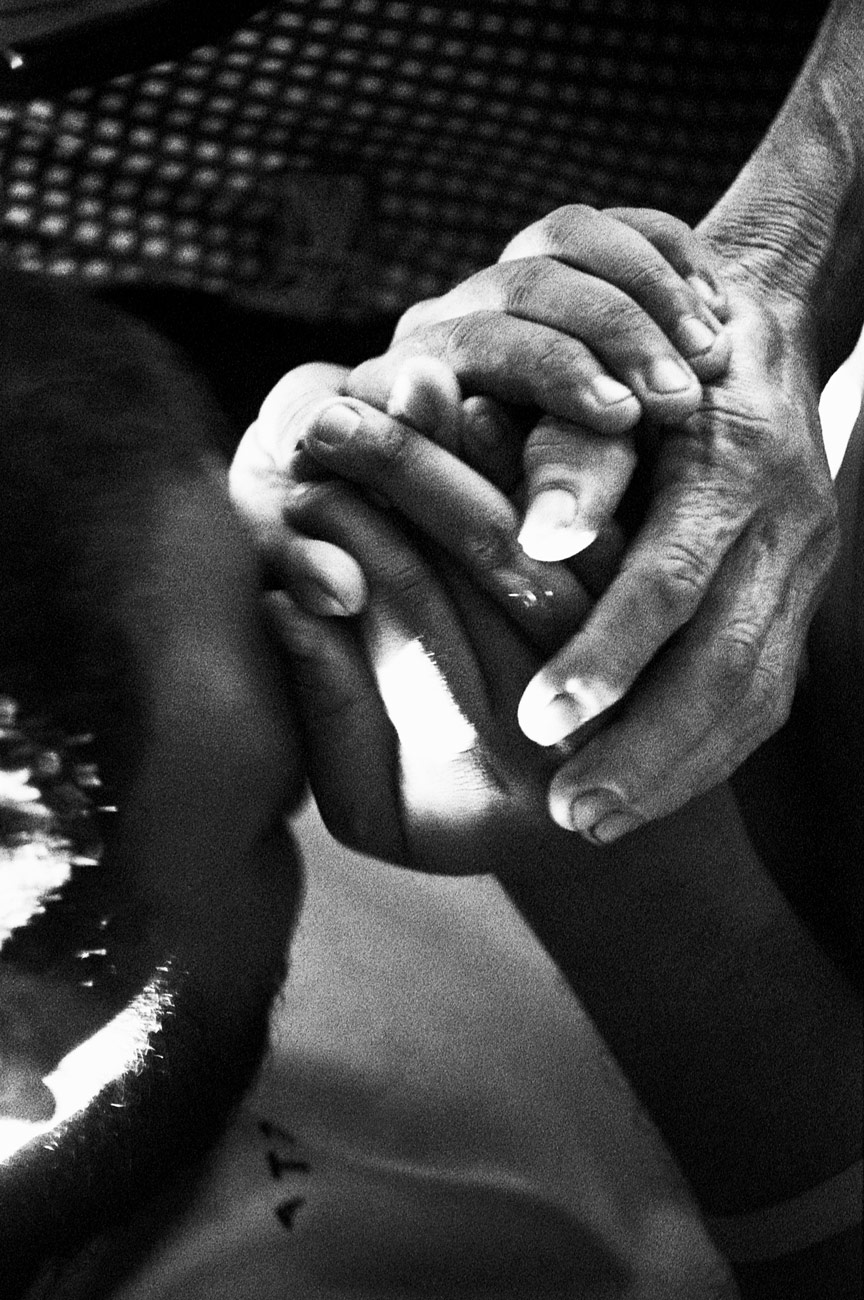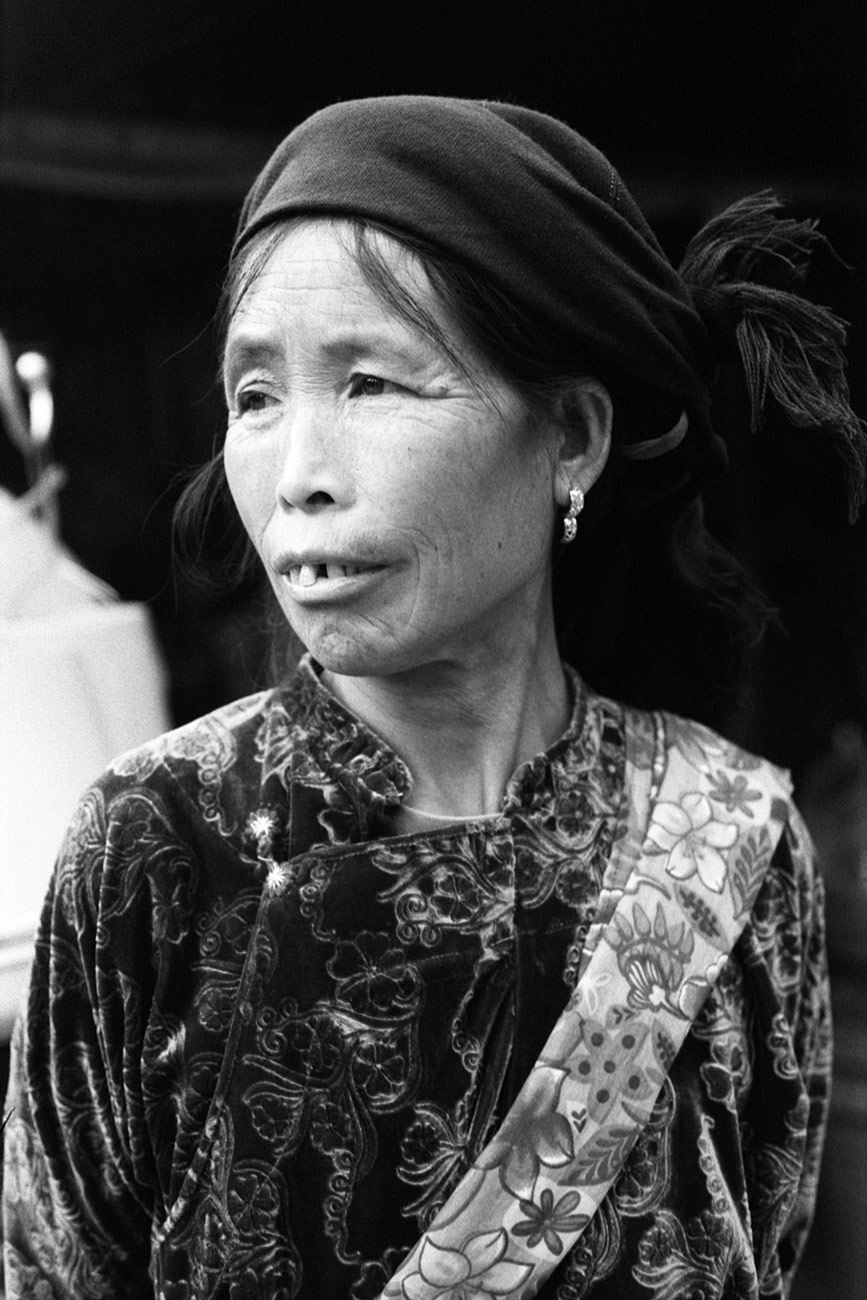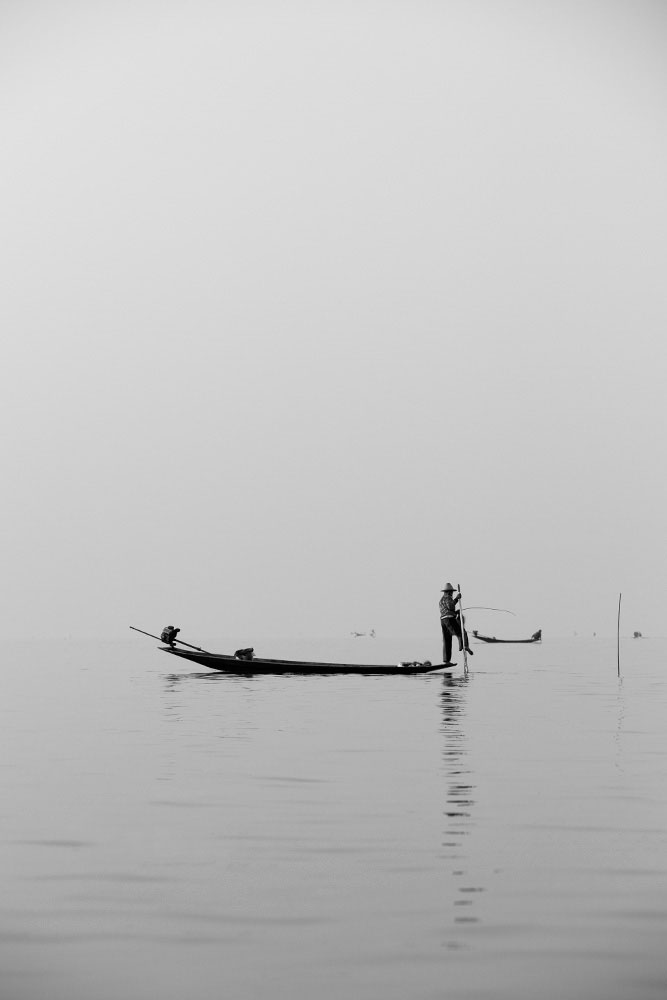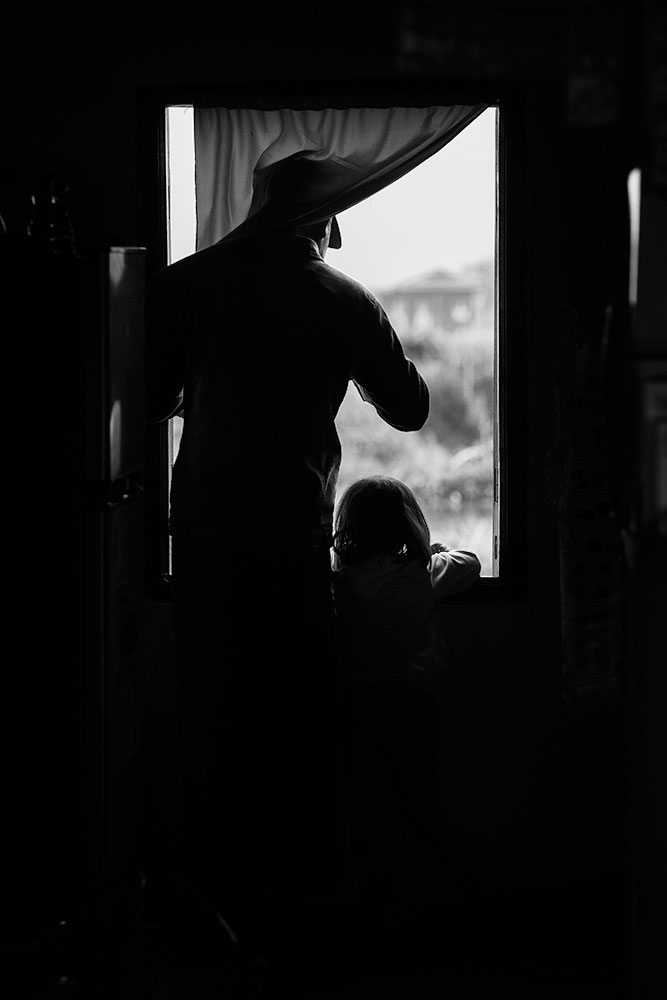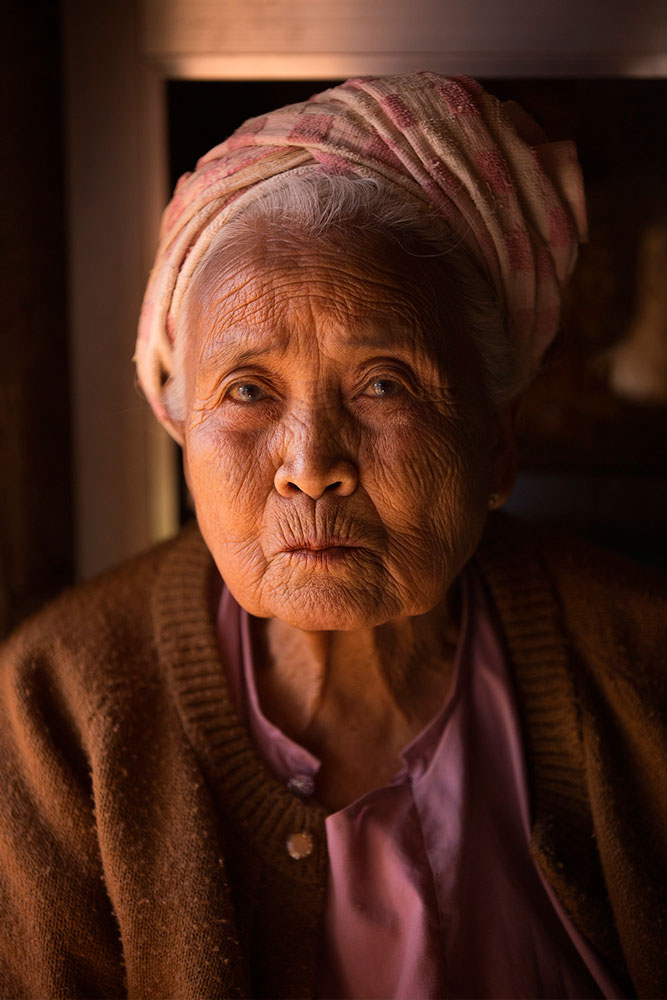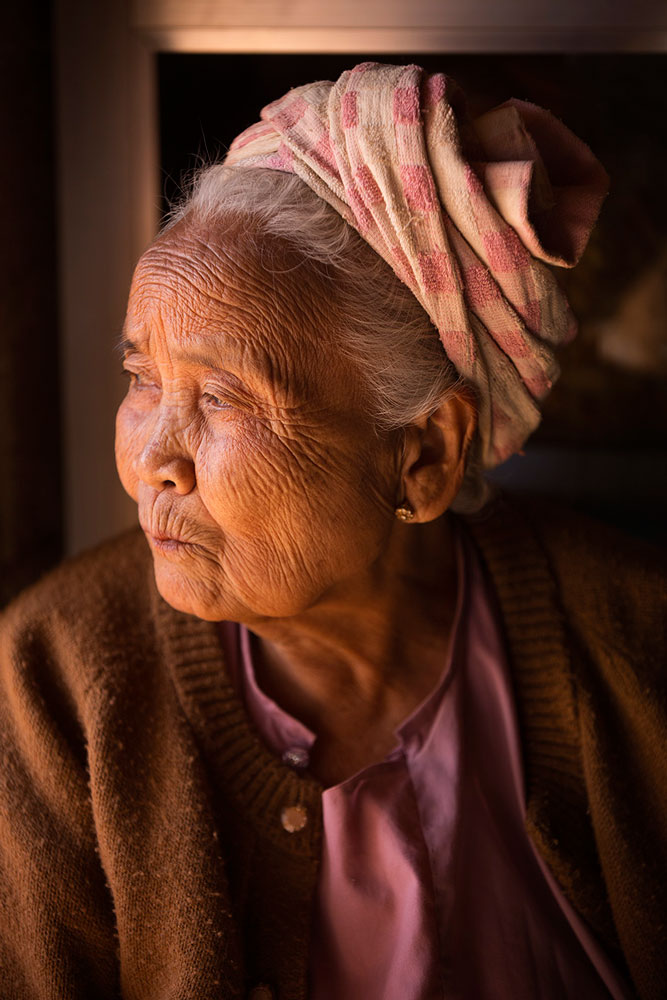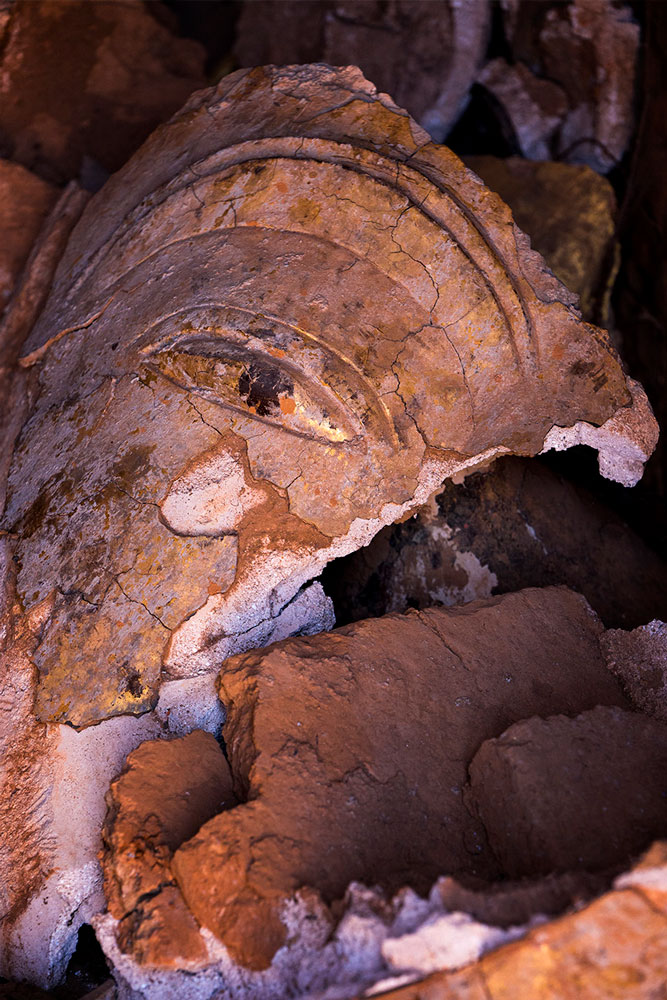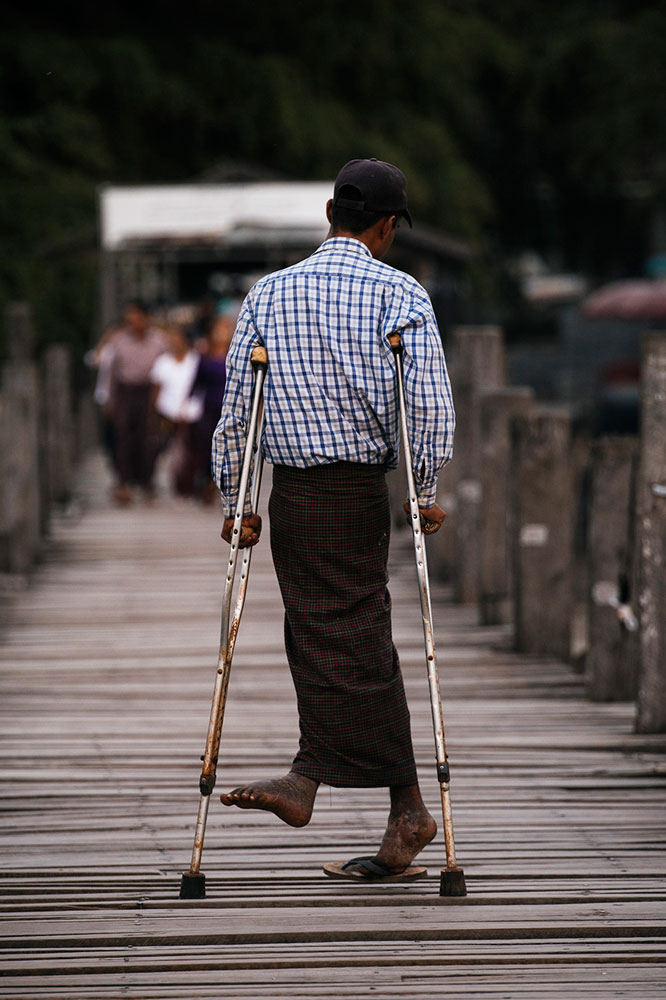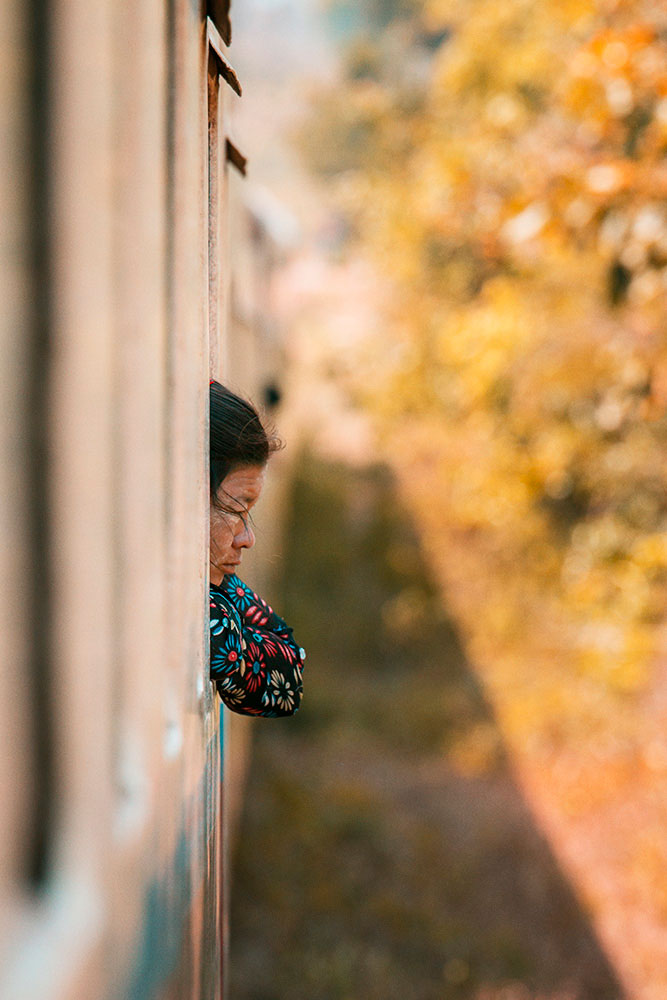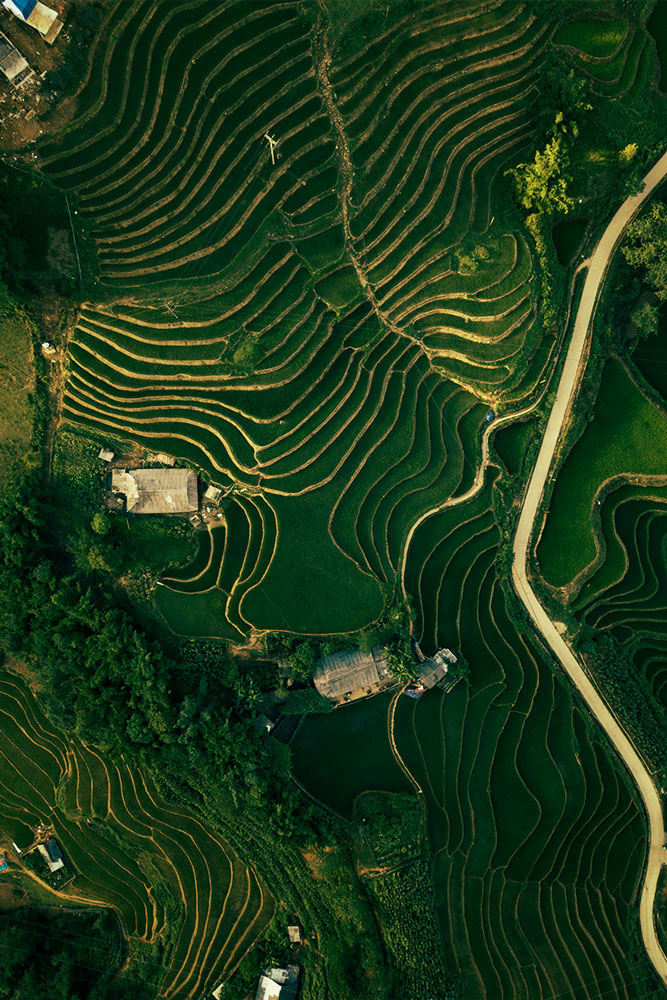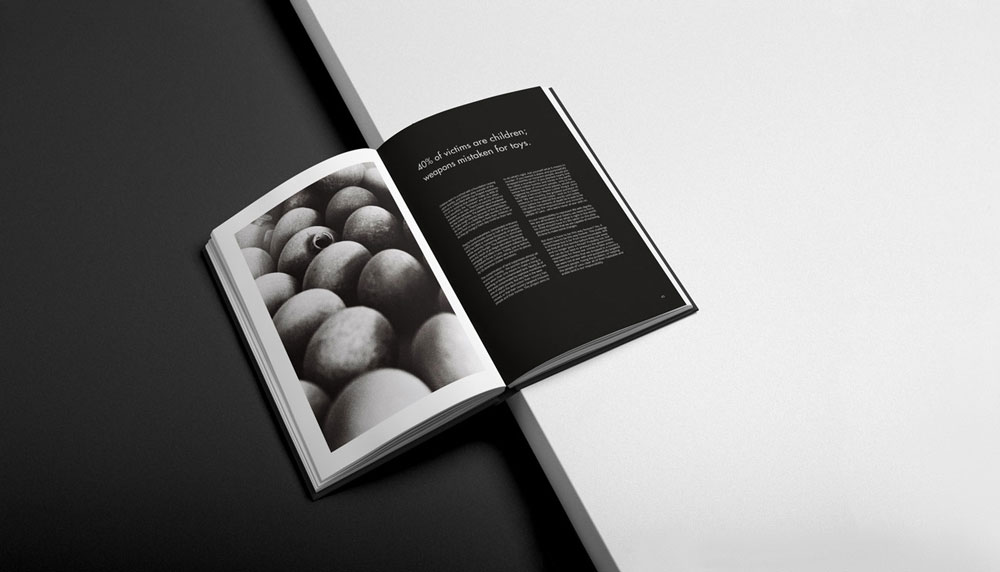
Out of the Cave // Into the Flame
The United States bombed the civilian population of Laos in direct violation of the Geneva Conventions on war and systematically annihilated the material basis of civilian society in Laos between 1964 and 1973.¹ The secret and illegal campaign left behind an estimated +80 million unexploded ordnance (UXO) in Laos that indiscriminately kill and maim children, women, and men to this day.²
Out of the Cave // Into the Flame is a book and exhibition that will feature powerful imagery and rigorous journalism strategically designed to educate readers about the UXO crisis in Laos. It will illuminate the history of the humanitarian crisis, the work being done to make Laos safe again, and will provide insight that will help ensure progress is made in the future.
Although the current situation in Laos and its history are horrific, there are great opportunities to galvanize positive change. History illuminates the strength of an informed public and the transformative power of photographic storytelling to engender solidarity⁴ and ultimately help shape a better society.
While this project will provide honest and accurate information in a strategic way that inspires action, it will also provide funding for UXO removal. A majority of net profits from this project will be donated to the organizations working to rid Laos of UXO.
Don’t hesitate to reach out if you'd like to have a conversation about the project or if you have any questions or information that you believe would be helpful.
Dakota is leveraging an academic approach that amalgamates the arts and sciences to guide viewers to stand in solidarity with the people of Laos. This project will provide honest and accurate information in a strategic way that inspires action.
Building emotional connections and crafting messaging that resonates with viewers’ core values can be used to trigger desired actions. It’s why people buy things and support specific causes. Marketing is a chisel that shapes western culture, and applying efficacious marketing strategy concepts will help to ensure this project is effective.
Each detail of this project will be carefully considered from a strategic perspective. For example, the medium of communication is vital; presenting information within a book will provide the opportunity to craft messaging that appeals to specific cohorts of viewers. The ability to weave numerous individual narratives into the book will provide opportunities to tell different stories in different ways that deeply resonate with different groups of people.
The United States understood the repercussions of an informed nation, which is why this secret was kept for so long. One needs to look no further than the impact of photography during the Vietnam War to understand its ability to mobilize a nation.⁴⁻⁶ Dissection and analysis of iconic photos that have moved the masses provide valuable insight that will help guide the photo-direction of this project. Coupling striking photography with narratives that deeply resonate with viewers’ core values will engender mobilizing emotional responses.⁴
The facts of the UXO crisis and its history in Laos will surely mobilize a significant portion of the nation if properly disseminated. Public trust in the U.S.-American government remains near historic lows⁷ and a fragmented public frequently mobilizes itself in the name of social justice. Low trust in government and high levels of mobilization provides a great opportunity to use the political solidarity model of social change and protest communication models to influence U.S.-Americans and people around the world to act in solidarity with the people of Laos.⁸⁻⁹
LEGACIES OF WAR: Cluster Bombs in Laos
MAG: What we do; Where we work: Laos
Congressional Research Service; War Legacy Issues in Southeast Asia: Unexploded Ordnance
The Transformative Image. The Power of a Photograph for Social Change
Iconic Photos of the Vietnam War era: A semiotic analysis as a means of understanding
Creation and Afterlife of the Iconic Photographs of the Vietnam War
The Political Solidarity Model for Social Change
Developing Moral Sensitivity Through Protest Scenarios in International NGDOs' Communication
Voices from the Plain of Jars: Life under an Air War (New Perspectives in SE Asian Studies) Expanded
House Hearing, 111 Congress of the United States
Present-Day Effects of United States Bombing of Laos during the Vietnam War: Can Injured Laotians Recover under the Federal Tort Claims Act
United Nations Lao PDR: Unexploded Ordnance, an obstacle to development
• More than 98% of known cluster bomb victims in Laos are civilians and 40% are children, who are drawn to the small, toy-like metal objects.¹⁴
• Data from a survey completed in Laos in 2009 indicate that UXO has killed or maimed as many as 50,000 civilians in Laos since 1964 (and 20,000 since 1973, after the war ended). Over the past two years, there have been over one hundred new casualties each year. About 60% of accidents result in death.¹⁴
• During its secret and illegal campaign, the United States dropped 2,093,100 tons (4,186,200,000 lbs.) of ordnance on Laos in 580,344 bombing missions.¹
• On numerous occasions bombed the civilian population in direct violation of the Geneva Conventions on war to protect civilians and the 1954 Geneva Accords and 1962 Geneva Agreements that prohibited the presence of foreign military personnel or advisors in neutral Laos.¹
• In the last phase, bombings were aimed at the systematic destruction of the material basis of the civilian society.¹
• Planes came daily and destroyed all stationary structures; nothing was left standing. The villagers lived in trenches and holes or in caves, and they only farmed at night.¹
• The U.S. military made a conscious decision to bomb civilian villages, crops, and livestock in addition to military targets in the Pathet Lao–held areas.¹
• At the astonishing rate of one bombing mission every eight minutes, twenty-four hours a day, for nine years, the United States dropped more bombs on Laos than it had dropped on all countries during World War II.¹
• U.S. bombing left the tiny nation the most heavily bombed country per capita in the world.¹
• An estimated +80 million UXO were left in Laos.²
• The majority of Lao PDR’s communities rely on agriculture for a living. But in areas where UXO contamination is prevalent, fear rules the fields, hindering farmers to grow food for their families, unable to escape the poverty trap.¹³
• The presence of UXO negatively affects the socio-economic development of the country, preventing access to agricultural land and increasing the costs, through land clearance, of all development projects.¹⁵
¹ Khamvongsa, C., & Russell, E. (2009). Legacies Of War. Critical Asian Studies, 41(2), 281–306. doi: 10.1080/14672710902809401.
² “Laos.” MAG, www.maginternational.org/what-we-do/where-we-work/laos/.
³ U.S. Congressional Research Service. War Legacy Issues in Southeast Asia: Unexploded Ordnance (UXO) (R45749; June 3, 2019) by Michael F. Martin et al.
⁴ De-Andrés-Del-Campo, Susana, et al. “The Transformative Image. The Power of a Photograph for Social Change: The Death of Aylan.” Comunicar, vol. 24, no. 47, 2016, pp. 29–37., doi:10.3916/c47-2016-03.
⁵ Lovelace, A. (2010). Iconic photos of the Vietnam War era: A semiotic analysis as a means of understanding. The Elon Journal of Undergraduate Research in Communications, 1(1).
⁷ PEW Research Center. (2019, May 29). Public Trust in Government: 1958-2019. Retrieved from https://www.people-press.org/2019/04/11/public-trust-in-government-1958-2019/.
⁸ Subašić, E., Reynolds, K. J., & Turner, J. C. (2008). The Political Solidarity Model of Social Change: Dynamics of Self-Categorization in Intergroup Power Relations. Personality and Social Psychology Review, 12(4), 330–352. doi: 10.1177/1088868308323223
⁹ Pinazo, D., & Nos-Aldás, E. (2013). Developing Moral Sensitivity through Protest Scenarios in International NGDOs’ Communication. Communication Research, First published 2013-06-13. doi: http://dx.doi.org/10.1177/0093650213490721.
¹⁰ Branfman, F. (2013). Voices from the Plain of Jars: Life under an Air War (New Perspectives in Se Asian Studies) Expanded Edition. University of Wisconsin Press.
¹¹ Legacies of War: Unexploded Ordinance in Laos, Hearings before the Subcommittee on Asia, the Pacific and Global Environment of the Committee on Foreign Afairs, House of Representatives, 111th Cong. (2010).
¹² Kenneth P. Kingshill, Present-Day Effects of United States Bombing of Laos during the Vietnam War: Can Injured Laotians Recover under the Federal Tort Claims Act, 13 Loy. L.A. Int'l & Comp. L. Rev. 133 (1990).
¹³ United Nations. (n.d.). United Nations Lao PDR - Unexploded Ordnance, an obstacle to development. Retrieved from http://www.la.one.un.org/media-center/news-and-features/383-unexploded-ordnance-an-obstacle-to-development.
¹⁴ Legacies of War. (n.d.). Cluster Bomb Fact Sheet. Retrieved from http://legaciesofwar.org/resources/cluster-bomb-fact-sheet/.
¹⁵ United Nations. (n.d.). Unexploded ordnance (UXO): UNDP in Lao PDR. Retrieved from http://www.la.undp.org/content/lao_pdr/en/home/crisis-response.html.
Process // Work in progress
This is a work in progress; the photographs, page layouts and copy featured on this site are not final. Some images on this site may be included in the final product, but final design decisions and photographic selection will not be made for some time.
Although the images above are not guaranteed to be featured in the final book and exhibition, they do provide a glimpse of the project’s overall progress and direction. This page will be periodically updated with new content as progression is made.
About Dakota Brinkert
Dakota is currently working to produce honest and informative stories through emotive photographic narratives and rich journalistic writing. Dakota is currently based in Hà Nội, Vietnam, but will move for this project.
Below are a small sample of images Dakota produced while scouting for stories in early 2019. With a primary focus on humanitarian and environmental issues, the following images provide a glimpse of his current projects; each image is a part of a larger story, and each works as a springboard for future projects.
Dakota graduated from San Diego State University with a degree in Journalism and Advertising with an Art minor and has worked as a professional photographer, retoucher, designer and creative strategist since 2013. Feel free to browse this site for more information about Dakota as well as work samples.
Please reach out and contact Dakota if you have any questions by clicking the button below.
Contact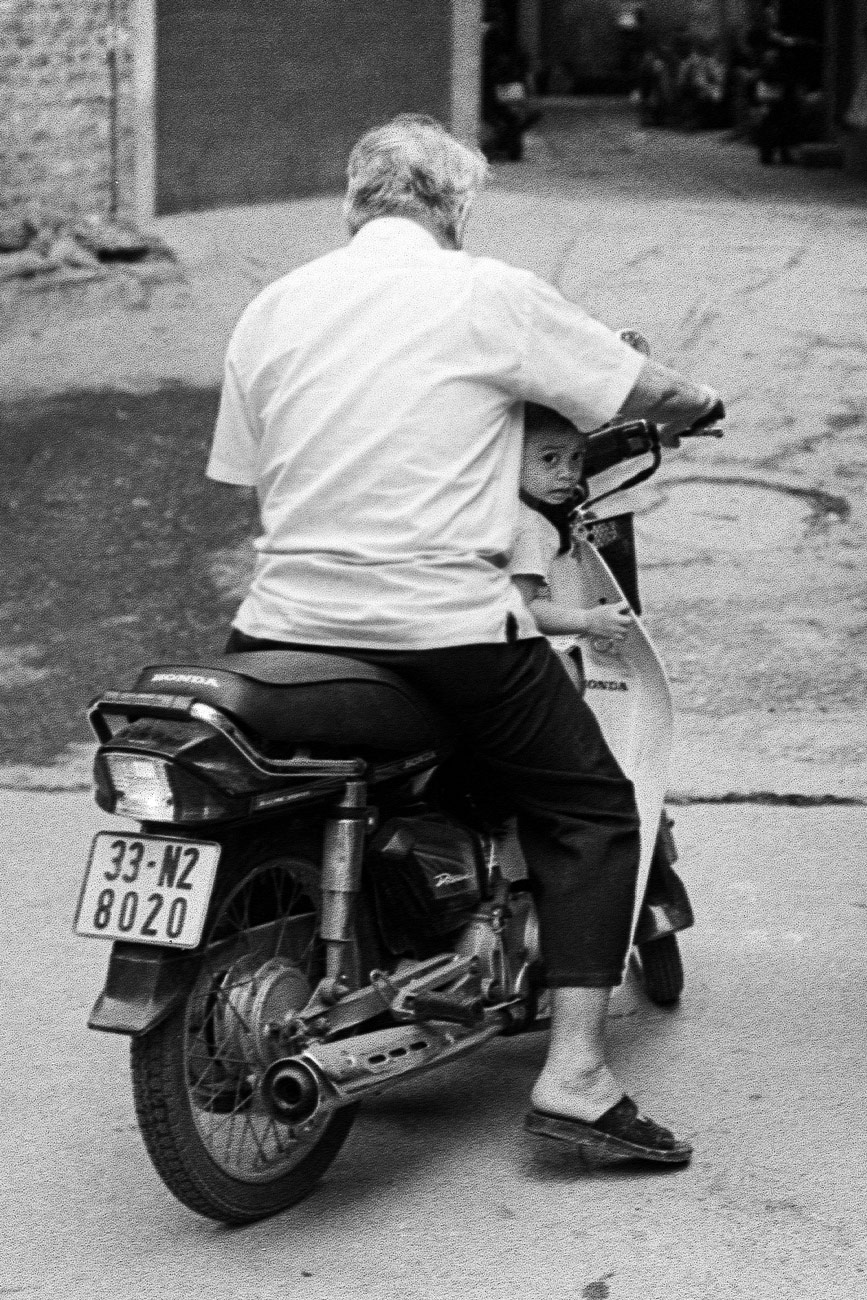
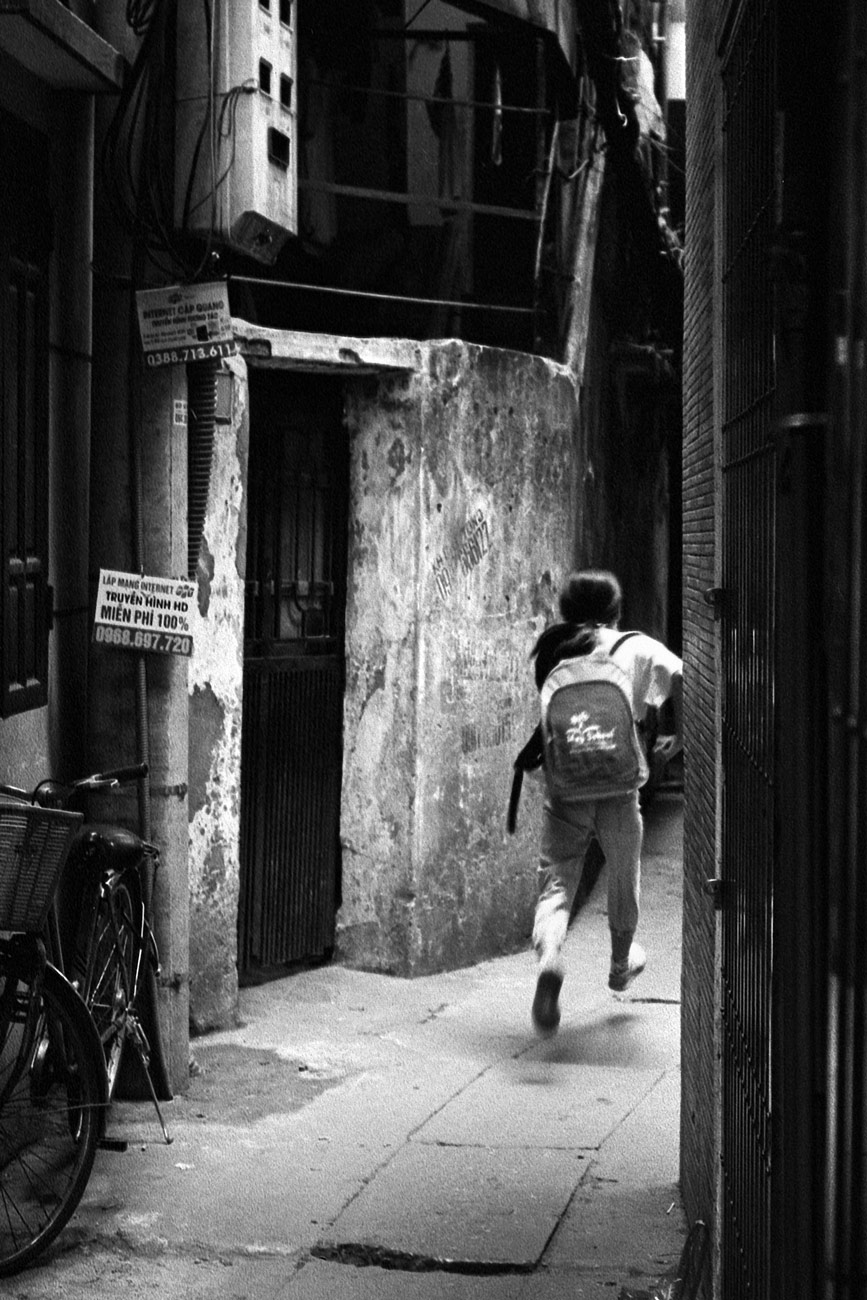
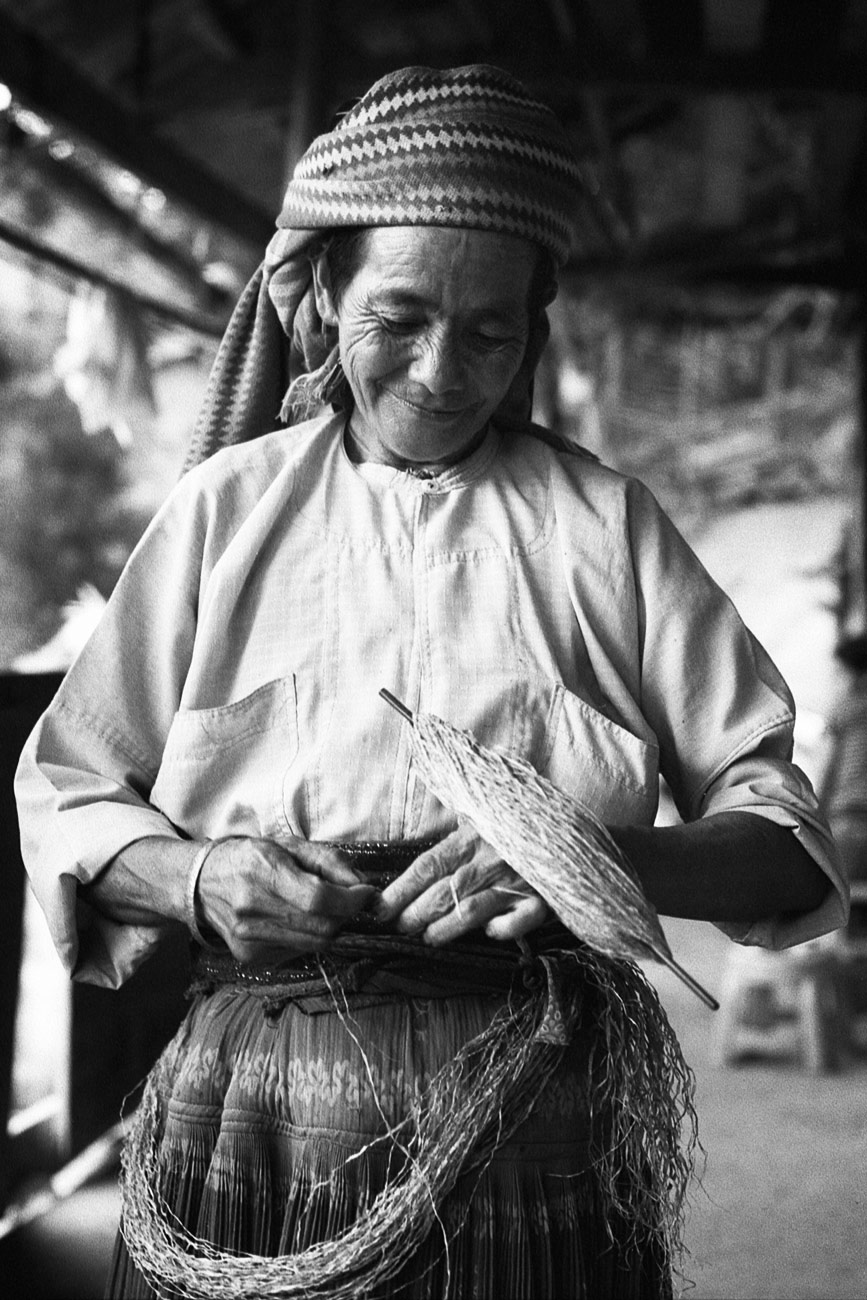
Let's get to work
Don’t hesitate to reach out and connect if you have any questions, valuable information, or if you’re interested in collaboration.
Contact

